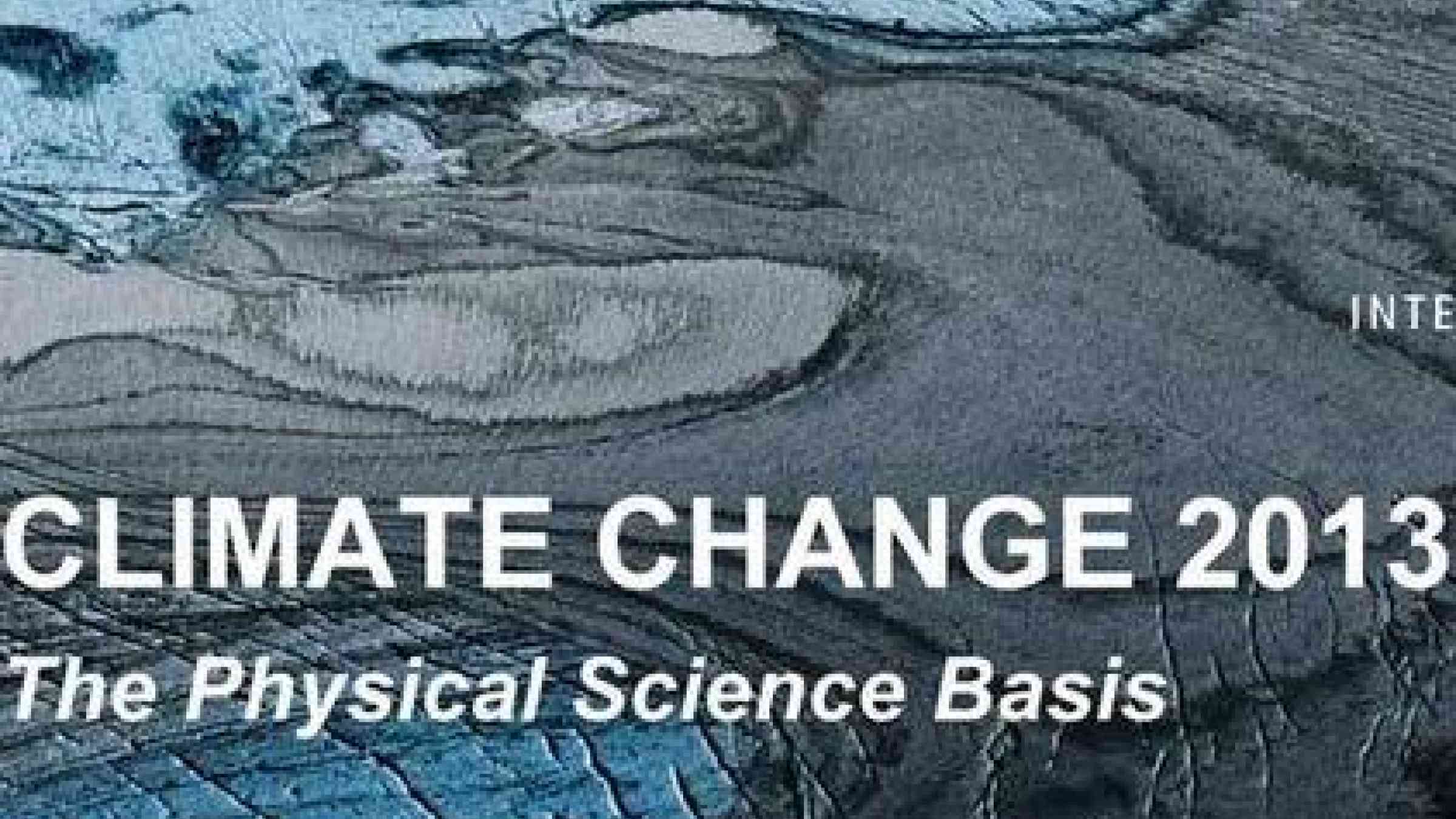Climate change will lead to dramatic escalation of disasters and economic losses says UNISDR

30 September 2013, GENEVA – Based on current disaster trends and economic values, the world is looking at a minimum cost in the region of 25 trillion dollars in disaster losses for the 21st century if there is no concerted response to climate change, one which puts the emphasis on practical measures to reduce disaster risk and exposure to future extreme events.
Margareta Wahlström, the Head of the UN Office for Disaster Risk Reduction, said: “The robust science behind the latest Inter-Governmental Panel on Climate Change report translates into a world of catastrophic losses unless there are wholesale changes in how we allocate resources to prepare for extreme weather events. We are looking at losses the equivalent of one-third of annual global GDP. Clearly this is neither sustainable nor acceptable.
“Increasing exposure of people and economic assets has been the major cause of the sharp rise in economic losses that the world has seen over the last five years in particular. We need to create a global understanding of the steps we can take to reduce the build-up of exposure and disaster risk that will come if we continue to plan and build as we have done up to now.
“The first decade of this century was the hottest on record. We saw unprecedented numbers of deaths from heat waves even in relatively prosperous European countries. Droughts are becoming more frequent with impacts on food security for some of the world’s most vulnerable populations notably in the Sahel and the Horn of Africa.
“Again in 2013 people and households the world over have seen clear evidence of their growing vulnerability to major flood events. It can be expected that the annual average of 116 million people affected by floods will rise dramatically if there is not better enforcement of land use regulations and building codes around the world. Governments need to step up the on-going efforts to ensure that critical infrastructure such as schools, health facilities, homes, industry and transport are protected against extreme weather events.
“Even if strong measures are taken to reduce greenhouse gas emissions, we will live with the consequences of the existing build-up of carbon emissions for many years to come.”